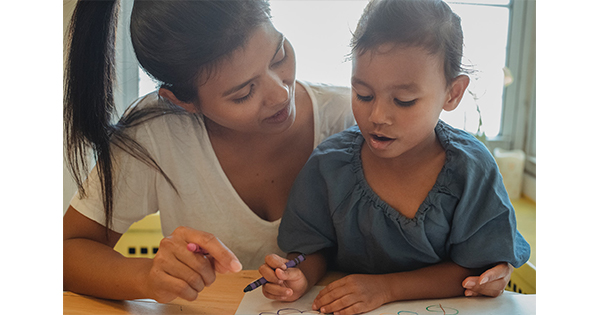This week, we’re joined by Trends UK, the makers of the Science Mad! collection for a full fortnight of fun with the #ScienceMad takeover.
Science Mad! is the collection that presents kids with real scientific equipment and kits that have real working features, offering families everything they need for fun scientific experiments. Designed to inspire curiosity and give kids a fun way to learn more about the world in which they live, the Science Mad! collection is a brilliant way to encourage young minds to develop their knowledge and interest in science further, whilst at home.
And there is so much to be gained from supporting the learning journey beyond the classroom. Not only will children continue to build their knowledge base and hone skills that have already been learnt, there’s also a real opportunity to apply the learning that they’re doing at school to the real world. Plus, with fewer pressures around having to meet the many standards and requirements of a curriculum, there is a great deal of flexibility when it comes to creating a fun learning environment at home! But how can we best support home learning? Here are some top tips:
Recognise children’s passions and make time for them
Every child has different interest – be it sport, baking, reading, dancing, painting, science or otherwise! As a parent or guardian, it’s important to take note of what your child loves to do and to create opportunities for them to spend time doing what they enjoy.
Keep it fun!
Most kids spend hours at school in a structured environment. And it’s important to not just recreate that classroom scenario at home. Learning outside the classroom should be FUN, offering kids the flexibility and freedom to pursue topics and subjects that they enjoy further in a way that appeals to them and which they truly engage with. For instance, if a child loves drama, then perhaps a trip to the theatre would be an ideal way to approach learning. Or if children like to read, let them pick their own books at the book shop/library! If it’s art that your child loves, set up a space for them to get creative, and regularly introduce them to different media – be it collage, paint, clay, oils or something else that they’ve not yet had an opportunity to work with.
Make use of existing resources
There is such a wealth of materials out there and so many great ideas for approaching learning in a fun way. Get onto Google and type in something like “Fun maths games for kids to do at home” and thousands of links will pop up with endless ideas! Of course, there are also some great toys, games and products that you can buy at the shops too. Take the Science Mad! collection, for instance, which offers kids everything they need for fun, fully immersive experiments in the fields of chemistry, physics, electricity and more.
Encourage other members of the family and your children’s friends to join in!
Learning needn’t be a solitary thing! Peer learning is incredibly helpful not only for wellbeing, but it also for the learning process itself. There is so much to be learnt from one another – new people bring different information and ideas, and fresh perspectives, whilst also providing an opportunity to discuss a topic and bounce ideas off one another. Of course, the company of others will also make this more fun for children, too!






